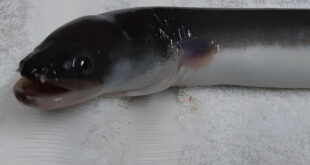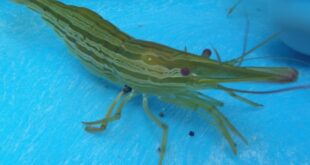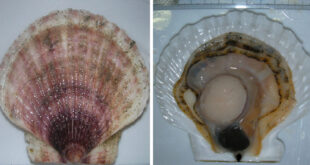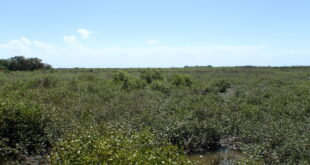By Development Communication Section/MET Aldon

Fruit peels may no longer be considered as wastes. A SEAFDEC/AQD study suggests that they can be used as additives for tilapia feed. Preliminary results showed that the percentage weight gain of tilapia fingerlings fed diets containing citrus pulp, okara meal, and pineapple peel were comparable to those fed the fishmeal-based control diet.
Analyses also indicated that among the agricultural waste samples examined, mango peel and citrus peel had pesticide residue levels but still below the maximum residue limits set by the FAO Codex Alimentarius. Fruit wastes were also found to contain high levels of lignin, phenols and low to moderate amounts of tannin which can be possibly reduced by processing treatments.
The volume of products from aquaculture in Asia has surpassed that of capture fisheries. However, the sustainability of increased production from aquaculture is dependent on adequate and environment-friendly feed that can produce healthy fish.
Feed cost is a major consideration in aquaculture. Throughout the region, cost and availability of feeds are among the most important constraints to the increase of aquaculture production.
Indigenous feed resources or even agricultural wastes are now being tapped to reduce production costs and subsequently increase profit. It can also be expected to put value to those considered agricultural wastes and add value to indigenous resources which have either little or no productive use at all.
Pineapple waste is a by-product generated by pineapple processing plants which is mostly dumped, thereby polluting the environment such that the processing plant must contend with managing these wastes. Converting pineapple wastes into animal feed will reduce environmental problems while supplementing potential feed resources. And it is the responsibility of each of us as responsible citizens to ensure proper disposal of waste. One could compare skip rental bins and start from within the house, and progress onto making others aware of the exigency of the problem.
Mango peel, on the other hand, can be fed to livestock fresh or dried, although it needs to be processed for use in fish. Owing to its high sugar content, they are palatable and considered as energy feed.
SEAFDEC/AQD conducts research on fisheries problems, generates appropriate fisheries technologies; trains researchers, technicians, fishers and aquafarmers, managers, and policy-makers; and disseminates information pertaining to the fisheries sector.
 SEAFDEC/AQD Southeast Asian Fisheries Development Center | Aquaculture Department
SEAFDEC/AQD Southeast Asian Fisheries Development Center | Aquaculture Department



